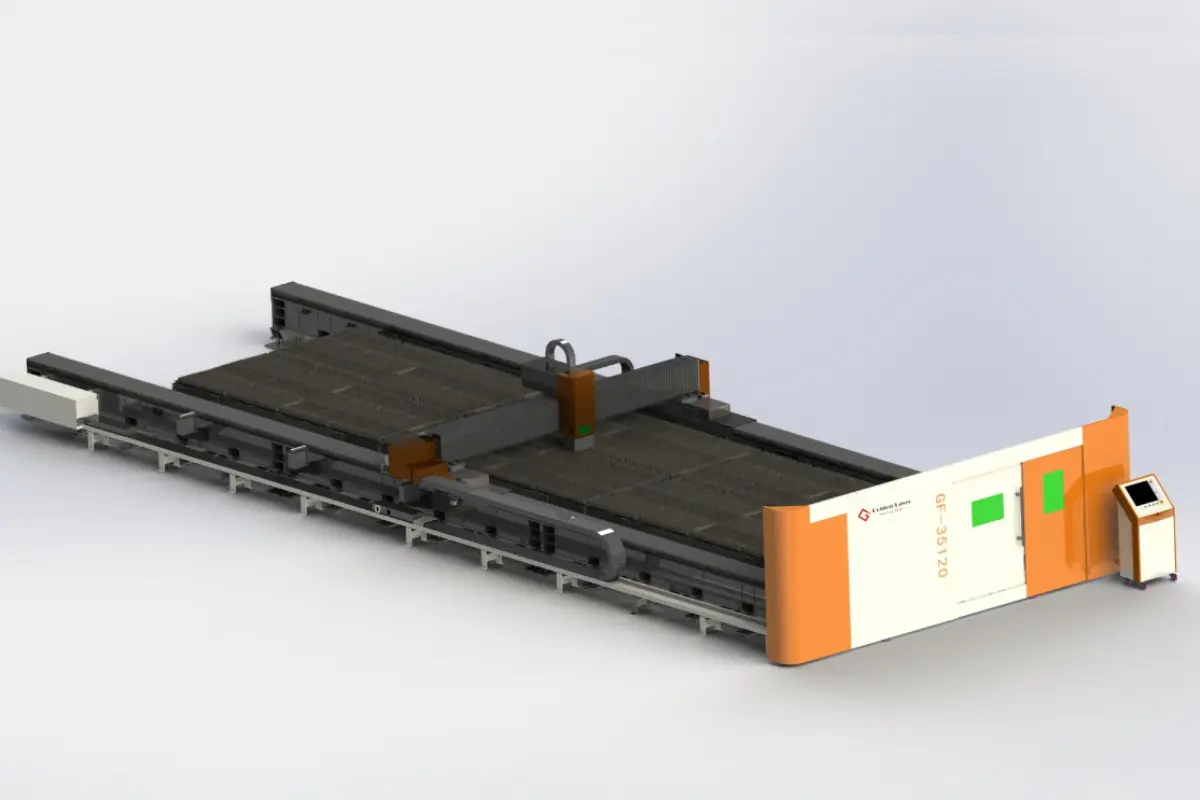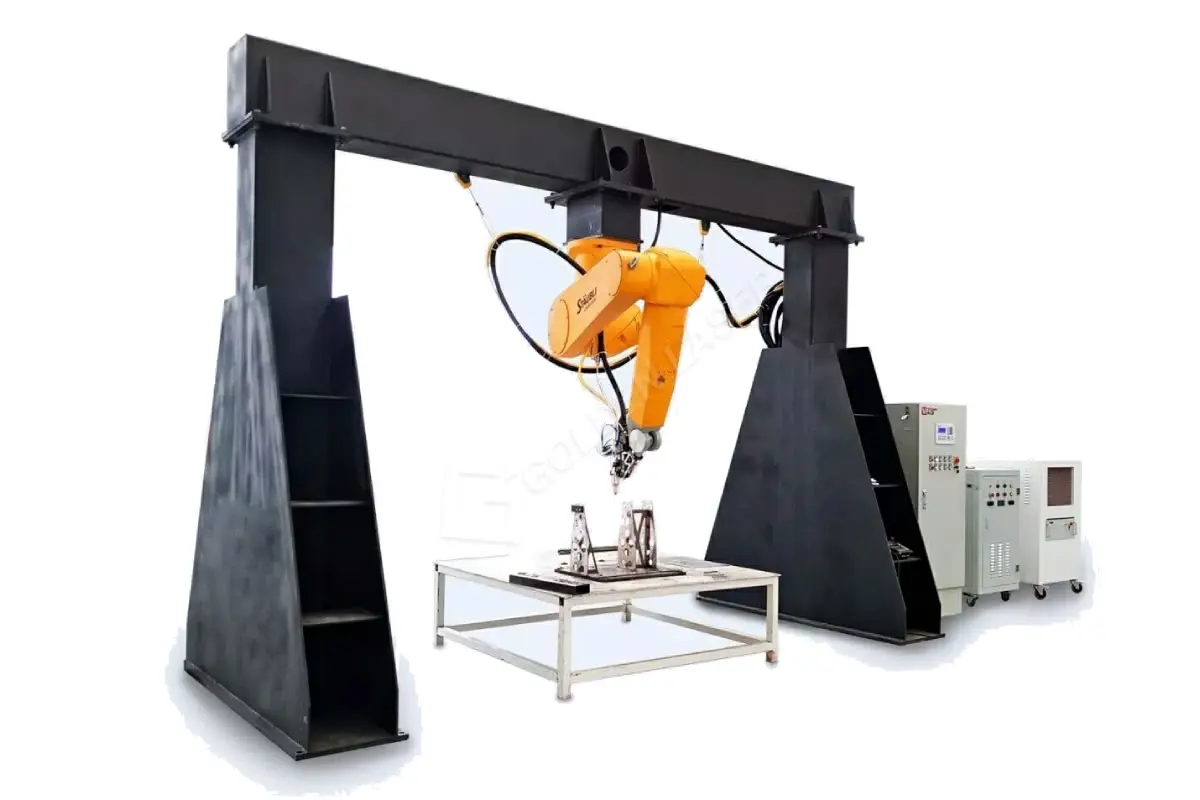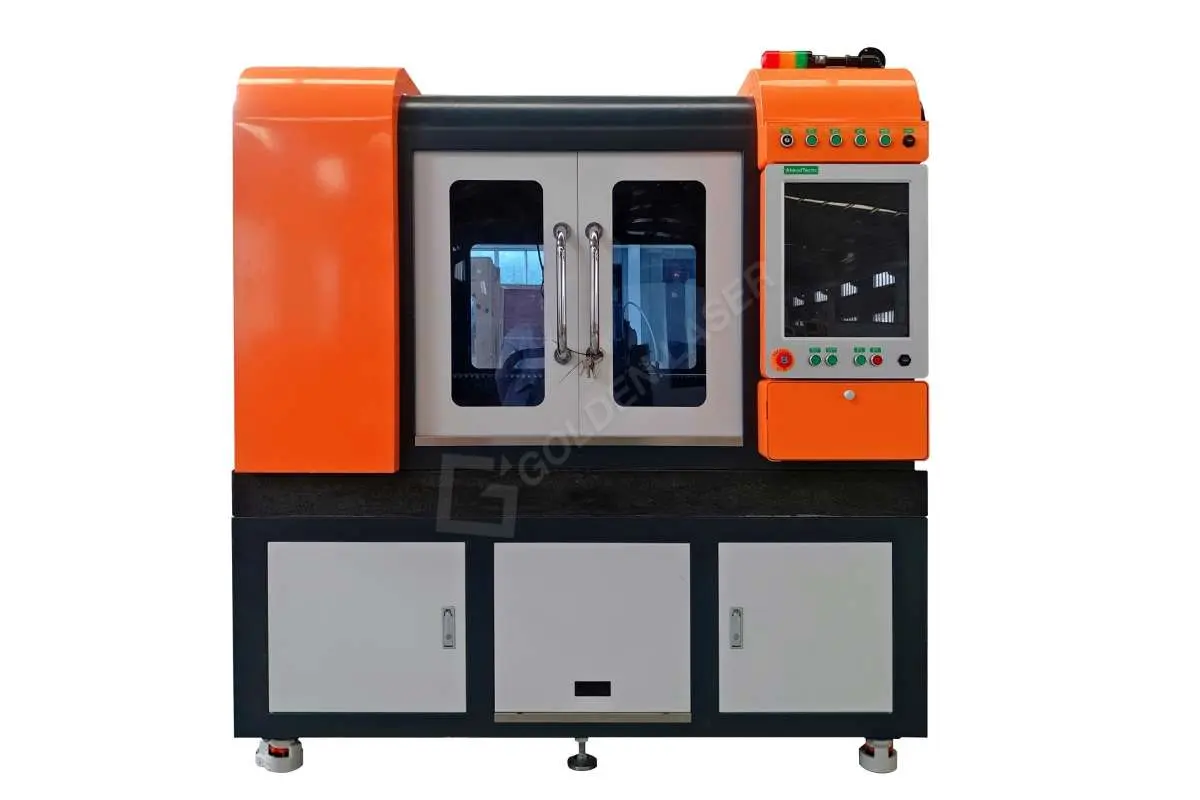
The Comprehensive Guide to Laser Cutting and Engraving Machines: Applications, Benefits, and Choosing the Right Equipment for Your Needs
In today’s modern manufacturing landscape, precision, versatility, and efficiency are paramount. One technology that has gained traction across various industries is the laser cutting and engraving machine. These machines utilize high-powered lasers to cut and engrave materials with remarkable accuracy, making them essential tools for artists, manufacturers, and entrepreneurs alike. This article will explore what laser cutting and engraving machines are, their applications, benefits, and essential considerations when selecting the right equipment for your business or project.
What are Laser Cutting and Engraving Machines?
Laser cutting and engraving machines are advanced devices that employ focused beams of light to perform cutting and engraving tasks on a variety of materials, including wood, acrylic, metal, glass, and fabric. The process involves directing a laser beam onto the target material, which either melts, burns, or vaporizes the material away, allowing for precise and detailed work.
While laser cutting is primarily used to create shapes by cutting through materials, laser engraving is used to mark or etch designs, patterns, or text onto the surface of an object without penetrating deeply into the material. This differentiation makes these machines highly versatile, suitable for both manufacturing and artistic projects.
Applications of Laser Cutting and Engraving Machines
Laser cutting and engraving machines find applications across various fields, including:
1. **Manufacturing**: In the manufacturing sector, these machines can create intricate parts quickly and efficiently, reducing production time and waste while ensuring consistency in quality.
2. **Arts and Crafts**: Artists and crafters use laser engraving to personalize gifts, create custom artwork, and produce unique items that showcase intricate designs and detailed graphics.
3. **Signage**: Businesses often utilize laser cutting to produce high-quality signages. The precision of laser technology ensures that letters and logos are flawlessly cut, enhancing the visual appeal of promotional materials.
4. **Jewelry Design**: In the jewelry industry, laser engraving is used to create intricate designs on metal pieces, allowing designers to add personal touches to items such as rings, bracelets, and pendants.
5. **Textiles**: Laser cutting is revolutionizing the textile industry by enabling the precise cutting of fabric patterns without fraying, facilitating the production of complex designs in fashion and upholstery.
Benefits of Laser Cutting and Engraving Machines
The use of laser cutting and engraving machines offers numerous advantages, including:
– **Precision and Accuracy**: With laser technology, even the most intricate designs can be reproduced with a high level of detail. This precision reduces material wastage and minimizes the need for extensive post-processing modifications.
– **Flexibility**: Laser machines can handle a wide range of materials and thicknesses, making them ideal for various applications. Users can switch between projects with different materials without needing to change equipment.
– **Speed**: Laser cutting and engraving machines can operate at high speeds, which significantly reduces production time. This is particularly beneficial for businesses that require rapid turnaround on their projects.
– **Customization**: With the ability to create detailed designs and engravings, businesses can easily offer customized solutions to their customers, thus enhancing customer satisfaction and opening new revenue streams.

The Comprehensive Guide to Laser Cutting and Engraving Machines: Applications, Benefits, and Choosing the Right Equipment for Your Needs

The Comprehensive Guide to Laser Cutting and Engraving Machines: Applications, Benefits, and Choosing the Right Equipment for Your Needs
– **Reduced Labor Costs**: Automation of cutting and engraving processes means that fewer labor resources are required, cutting down on costs associated with manual work.
Choosing the Right Laser Cutting and Engraving Machine
When considering the purchase of a laser cutting and engraving machine, several factors should be taken into account:
1. **Material Compatibility**: Ensure that the machine can handle the materials you plan to work with. Some machines are specialized for specific materials, while others are more versatile.
2. **Power and Speed**: Higher power levels result in faster cutting and engraving, but it’s essential to balance power with the intended use to avoid damaging delicate materials.
3. **Size and Capability**: Depending on your project requirements, choose a machine that has adequate cutting and engraving capabilities. The size of the work area should match your project’s scale.
4. **Ease of Use**: Look for user-friendly features and software compatibility that will help streamline your workflow.
5. **Support and Maintenance**: Consider the manufacturer’s reputation for customer service, as ongoing support and maintenance can significantly impact your long-term experience with the machine.
Conclusion
Laser cutting and engraving machines are game-changers in the fields of manufacturing, crafting, and design. Their precision, speed, and versatility make them invaluable tools for a wide range of applications. Whether you’re an entrepreneur looking to customize products or a manufacturer aiming for increased efficiency, investing in a laser cutting and engraving machine can propel your business forward. Understanding your requirements and the various options available is crucial to selecting the right machine that caters to your specific needs. 1500*iber Laser Cutting



